Deadly Design: SUV Proliferation a Contributing Factor in Pedestrian Deaths, Study Says

Sport-utility vehicles and crossovers are great for families who want maximized interior volume and a sense of security, but the high-riding vehicles are a double-edged sword. In addition to being less economical than a sedan with a similar footprint, the design doesn’t bode well for pedestrians. In fact, the proliferation of SUVs may be the largest contributing factor to pedestrian fatalities right now. From 2009 to 2016, fatal single-vehicle crashes involving utility vehicles increased by 81 percent.
That’s disconcerting, considering the number of pedestrian killed on U.S. roads declined by 20 percent since 1975, hitting an all-time low in 2009. However, in 2016 the death toll had climbed back up to the highest levels since 1990. The Governors Highway Safety Association estimated nearly 6,000 people were fatally struck by vehicles last year, with around 4,700 of those deaths occurring in urban or suburban areas. Conversely, those same environments only saw 2,959 deaths in 2009.
The increase in fatalities cannot be contributed entirely to the design of SUVs. Distracted driving, encouraged by smart phones and increasingly complicated infotainment systems, has undoubtedly pressed the issue. But, when a strike does occur, the shape of a vehicle still plays an enormous factor.
Of course, this isn’t entirely new information. Back in 2004, Accident Analysis & Prevention (vol 36, p 295) published research that highlighted the elevated risk of larger vehicles to individuals. Geometrically more blunt than passenger cars, SUV designs were far more likely to impact the chest and head region of a pedestrian. Their shape makes them more likely to drive over a person, rather than hit them in a way that would result in the victim rolling over the vehicle.
In 2015, researchers at the University of Michigan determined that pedestrians are more than three times as likely to be killed when struck by an SUV than when struck by a regular passenger car. Tests indicated that light trucks would force 65 percent of adults and 93 percent of children to the ground during a strike, where they have a good chance of being run over. It also suggested drivers who feel more secure in their own vehicle — one reason people purchase SUVs and large trucks — the less concerned they are likely to be about the safety of those around them.
Unfortunately, mandating that all vehicles become egg-shaped cars with minimal ground clearance isn’t a realistic solution. It’s also not the best one. Avoiding pedestrians altogether is infinitely preferable. The Insurance Institute for Highway Safety (IIHS), which recently published details on the increase in pedestrian deaths, claimed the best approach is multifaceted.
“Understanding where, when and how these additional pedestrian crashes are happening can point the way to solutions,” said IIHS President David Harkey. “This analysis tells us that improvements in road design, vehicle design and lighting and speed limit enforcement all have a role to play in addressing the issue.”
Noticing that the largest number of pedestrian fatalities occurred on arterial roadways, at night, and outside of a crosswalk, the IIHS suggested adding more well-lit crossing areas. “When people are forced to walk long distances to the nearest signalized intersection, they are more likely to choose the riskier option of sprinting across multiple lanes of traffic,” Harkey explained. “Communities can improve safety by providing more options to safely cross.”
They wouldn’t have to be intersections, either. Pedestrian hybrid beacons allow foot traffic to activate lights at a crossing that can alert drivers to their presence without actually stopping them. But even a couple of white lines and some signage is superior to nothing. Other improvements, like curb extensions or median crossing islands, shortens the distance people are required to walk between lights.
Cities like New York claim great success by prohibiting right turns on red, changing crosswalk timing, and lowering the speed limit. At the start of this year, NYC boasted that pedestrian deaths were at their lowest level since 1910. “The lower speed limit, increased enforcement and safer street designs are all building on each other to keep New Yorkers safe,” Mayor de Blasio said in January of this year. “Now we must deepen this work. Not even a single tragedy on our streets is acceptable.”
The initiative picked up steam three years ago and hasn’t made driving in Manhattan any more enjoyable. But, with the exception of the slightly lower speed limits, most drivers failed to notice any significant changes. “Good design should prioritize the safety of all road users,” Harkey said. “It’s possible to improve streets for pedestrians while still allowing vehicle traffic to get where it needs to go.”
We’re less keen on some of the IIHS suggestions, however. Things like speed cameras may result in slowing motorists down but they’re also a great way to dole out tickets that raise insurance premiums. Likewise, moderate speeds are wonderful for areas with a lot of foot traffic but we don’t see a good reason for national averages to go down across the board. Vehicular safety systems also seem to hold the potential to reduce fatalities, but relying on them is foolhardy. Autonomous systems haven’t proven themselves as a worthy successor to an attentive driver and existing driving aids should really only serve as an early warning system. Even if a vehicle does have pedestrian detection with emergency braking, a good driver shouldn’t need to rely on it.
Instead of lower speed limits and more ticketing, we’d like to see better illumination for both vehicles and the road itself, more crossing areas, and some personal accountability. Drivers and pedestrians both need to take every precaution to be as safe as humanly possible, as your extra-dangerous SUV can’t harm anyone it doesn’t come into contact with.

A staunch consumer advocate tracking industry trends and regulation. Before joining TTAC, Matt spent a decade working for marketing and research firms based in NYC. Clients included several of the world’s largest automakers, global tire brands, and aftermarket part suppliers. Dissatisfied with the corporate world and resentful of having to wear suits everyday, he pivoted to writing about cars. Since then, that man has become an ardent supporter of the right-to-repair movement, been interviewed on the auto industry by national radio broadcasts, driven more rental cars than anyone ever should, participated in amateur rallying events, and received the requisite minimum training as sanctioned by the SCCA. Handy with a wrench, Matt grew up surrounded by Detroit auto workers and managed to get a pizza delivery job before he was legally eligible. He later found himself driving box trucks through Manhattan, guaranteeing future sympathy for actual truckers. He continues to conduct research pertaining to the automotive sector as an independent contractor and has since moved back to his native Michigan, closer to where the cars are born. A contrarian, Matt claims to prefer understeer — stating that front and all-wheel drive vehicles cater best to his driving style.
More by Matt Posky
Latest Car Reviews
Read moreLatest Product Reviews
Read moreRecent Comments
- W Conrad I'm not afraid of them, but they aren't needed for everyone or everywhere. Long haul and highway driving sure, but in the city, nope.
- Jalop1991 In a manner similar to PHEV being the correct answer, I declare RPVs to be the correct answer here.We're doing it with certain aircraft; why not with cars on the ground, using hardware and tools like Telsa's "FSD" or GM's "SuperCruise" as the base?Take the local Uber driver out of the car, and put him in a professional centralized environment from where he drives me around. The system and the individual car can have awareness as well as gates, but he's responsible for the driving.Put the tech into my car, and let me buy it as needed. I need someone else to drive me home; hit the button and voila, I've hired a driver for the moment. I don't want to drive 11 hours to my vacation spot; hire the remote pilot for that. When I get there, I have my car and he's still at his normal location, piloting cars for other people.The system would allow for driver rest period, like what's required for truckers, so I might end up with multiple people driving me to the coast. I don't care. And they don't have to be physically with me, therefore they can be way cheaper.Charge taxi-type per-mile rates. For long drives, offer per-trip rates. Offer subscriptions, including miles/hours. Whatever.(And for grins, dress the remote pilots all as Johnnie.)Start this out with big rigs. Take the trucker away from the long haul driving, and let him be there for emergencies and the short haul parts of the trip.And in a manner similar to PHEVs being discredited, I fully expect to be razzed for this brilliant idea (not unlike how Alan Kay wasn't recognized until many many years later for his Dynabook vision).
- B-BodyBuick84 Not afraid of AV's as I highly doubt they will ever be %100 viable for our roads. Stop-and-go downtown city or rush hour highway traffic? I can see that, but otherwise there's simply too many variables. Bad weather conditions, faded road lines or markings, reflective surfaces with glare, etc. There's also the issue of cultural norms. About a decade ago there was actually an online test called 'The Morality Machine' one could do online where you were in control of an AV and choose what action to take when a crash was inevitable. I think something like 2.5 million people across the world participated? For example, do you hit and most likely kill the elderly couple strolling across the crosswalk or crash the vehicle into a cement barrier and almost certainly cause the death of the vehicle occupants? What if it's a parent and child? In N. America 98% of people choose to hit the elderly couple and save themselves while in Asia, the exact opposite happened where 98% choose to hit the parent and child. Why? Cultural differences. Asia puts a lot of emphasis on respecting their elderly while N. America has a culture of 'save/ protect the children'. Are these AV's going to respect that culture? Is a VW Jetta or Buick Envision AV going to have different programming depending on whether it's sold in Canada or Taiwan? how's that going to effect legislation and legal battles when a crash inevitibly does happen? These are the true barriers to mass AV adoption, and in the 10 years since that test came out, there has been zero answers or progress on this matter. So no, I'm not afraid of AV's simply because with the exception of a few specific situations, most avenues are going to prove to be a dead-end for automakers.
- Mike Bradley Autonomous cars were developed in Silicon Valley. For new products there, the standard business plan is to put a barely-functioning product on the market right away and wait for the early-adopter customers to find the flaws. That's exactly what's happened. Detroit's plan is pretty much the opposite, but Detroit isn't developing this product. That's why dealers, for instance, haven't been trained in the cars.
- Dartman https://apnews.com/article/artificial-intelligence-fighter-jets-air-force-6a1100c96a73ca9b7f41cbd6a2753fdaAutonomous/Ai is here now. The question is implementation and acceptance.



















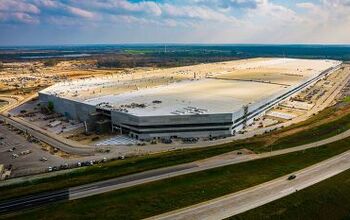
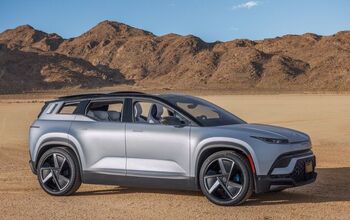
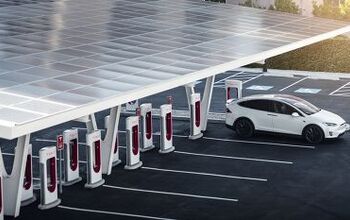
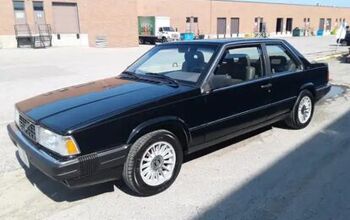
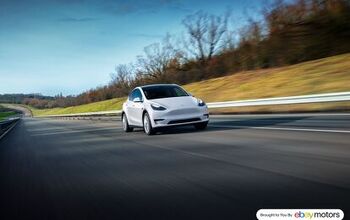
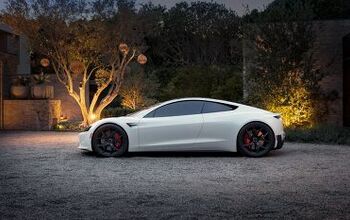
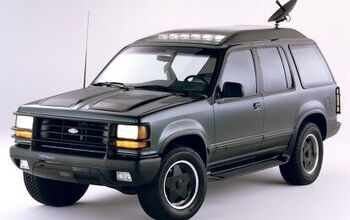
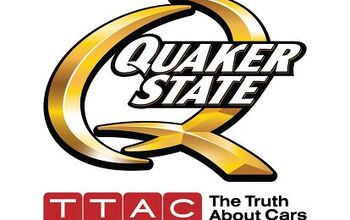
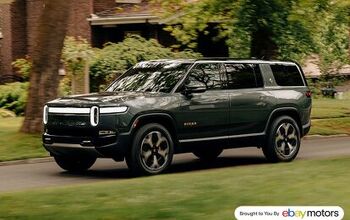

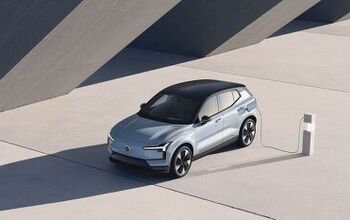
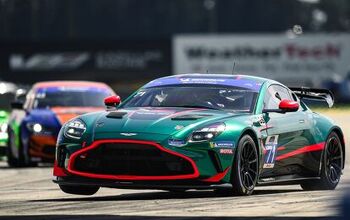
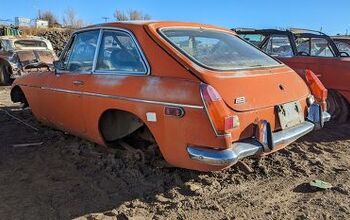
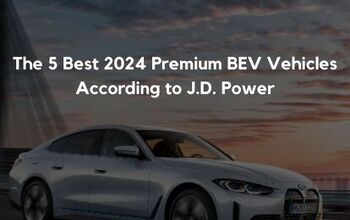
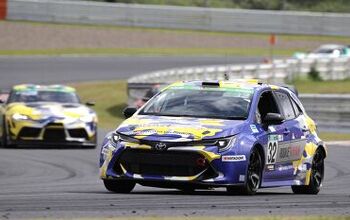
Comments
Join the conversation
In 1985, Car and Driver noted the 'new' 1985 VW GTI's A-pillar could 'hide' people or cars... When I got an 86 GTI, that was one of the few things I didn't like, but got used to it. I still have an 86 GTI. It's A-pillar is less obtrusive than most cars I am in nowadays.
What I find odd is that people really think that they are getting more space in a CUV over a mid-sized sedan. We take a long road trip every year to sight see. Only once have we taken the Rogue instead of the Avenger. The Rogue is way under powered for the mountains and the CVT calls home sick after getting hot in the mountains but my main point is we get the same coolers and luggage in the car as we do the CUV and we have gotten 27mpg with the Nissan and over 30 with the Dodge V6. There is also better passenger space. Other than sitting higher I see no advantage of a CUV. Now, when we have a lot of crap to take we take the gen1 Durango but that gets at best 18mpg hwy. 13.5 if you are towing a car on a trailer behind. :(